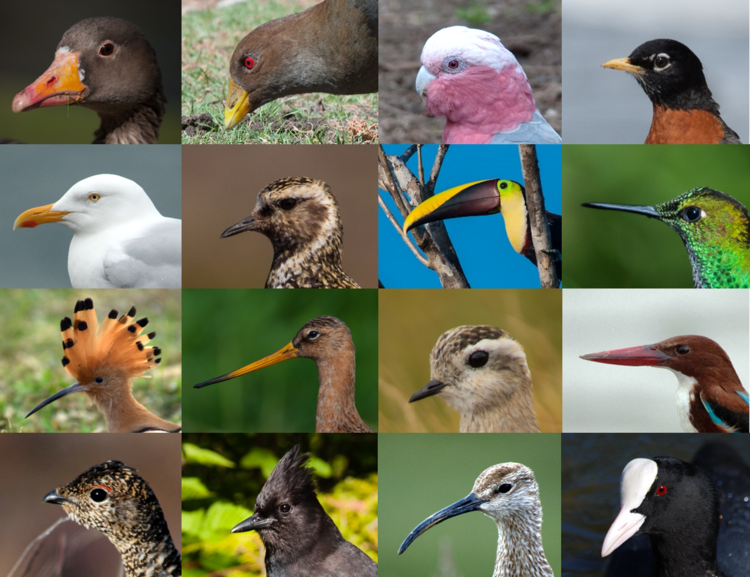Contact
Principal Investigators
PhD-Students
Subproject 9
Towards a dynamic functional macroecology of island birds
Despite the long and influential legacy of Equilibrium Theory of Island Biogeography and its recent advancements, such as the trophic theory of island biogeography, there is still a lack of integrative, scale-transitive approaches combining spatial patterns and processes with species traits and the characteristics of island ecosystems including their resource dynamics.
Guided by the overarching goal of the DynaCom research unit, our key objective was and is to build a trait-based spatial community ecology of island birds, in order to understand the importance of movement, tolerance, and interaction traits for shaping the structure of bird communities in dynamic island environments. In phase I we (i) assembled global and regional databases on species occurrence and traits, island characteristics, and environmental variables and (ii) investigated the variation of species’ movement and interaction traits of island bird communities globally in relation to island isolation and area. Our work has revealed consistent relationships of the trait composition of island bird communities with island area and isolation at the global scale. These results contribute to fulfilling objectives O1 and O3 of the DynaCom research unit, i.e. generating a multi-dimensional trait space for island communities and generalizing this information to predict spatial patterns of island biodiversity.

Our overarching objective for phase II is to assess the role of evolutionary versus ecological dynamics on multidimensional trait spaces and functional diversity (FD) of avian island assemblages, adding an explicit temporal component to the previously established framework. We will assess the importance of ecological and evolutionary processes in determining community composition and trait-space variation of island bird assemblages globally. Furthermore, we will investigate the spatio-temporal variation of trait spaces and FD at the regional scale of the Wadden Sea islands in relation to environmental forcing within this dynamic landscape.
Specifically, we aim to (1) quantify FD and phylogenetic diversity metrics in island assemblages globally and test their relationships with characteristics and geological history of islands and archipelagos, (2) assess how endemic evolutionary radiations of different age and at different taxonomic levels contribute to the multidimensional trait space of selected islands and archipelagos, and (3) assess whether and how the variation of the abiotic and biotic environment influences temporal fluctuations of FD and proportional changes in functional roles of birds at decadal, annual, and seasonal scales in the Wadden Sea ecosystem.
Addressing these aims will allow us to extend the trait-based characterization of spatial communities established for birds in phase I to dynamic landscapes that experience stochastic disturbance (objective O2 of DynaCom) at different temporal and spatial scales.

